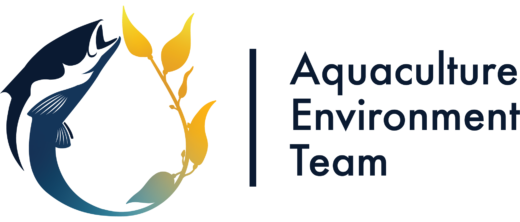The way we use and enjoy our environment can affect it, for better or for worse. We refer to the interplay between how we use the environment and resulting effects as ‘interactions’.
Aquaculture is one of many human activities that interacts with the environment, with either positive, negative or neutral outcomes. Aquaculture is one of the fastest growing primary industries worldwide and is a major contributor to regional economies. It is crucial that this industry grows sustainably, minimising its impact on the marine environment. This will ensure the ongoing health of our coastal and marine environments and the wide range of environmental, social and economic values and services they provide.
The nature of aquaculture interactions with the environment are broad and vary depending on the type of species farmed, farming practices and local environmental conditions. Feed-additive aquaculture sectors (e.g. salmon) often carry greater environmental risk than extractive aquaculture sectors (e.g. Pacific oysters), as they involve adding feed (i.e. extra nutrients) into the environment.
Some of the main effects of aquaculture on the environment include:
- Organic enrichment: dissolved and particulate waste from aquaculture farms can disperse through the water column or accumulate on the seafloor, providing increased nutrients. This can cause shifts in the species present and, if not managed well, can create oxygen-deprived conditions.
- Habitat changes: farm structures can attract or deter local wildlife and alter water flow.
- Broader ecological interactions: for example, genetic transfer from farmed to wild species and the spread of pests and diseases.
The relationships that occur within and across marine ecosystems are complex. In addition, there may be cumulative and synergistic effects between aquaculture and other pressures like climate change, fishing and run-off from coastal development.
The Aquaculture Environment Team is focused on understanding these complex and crucial interactions. We do this by gathering data across a range of ecosystems, including soft sediments, the water column, rocky reefs and seagrass beds. This research is key in informing monitoring and management activities and contributing to sustainable aquaculture operations.


